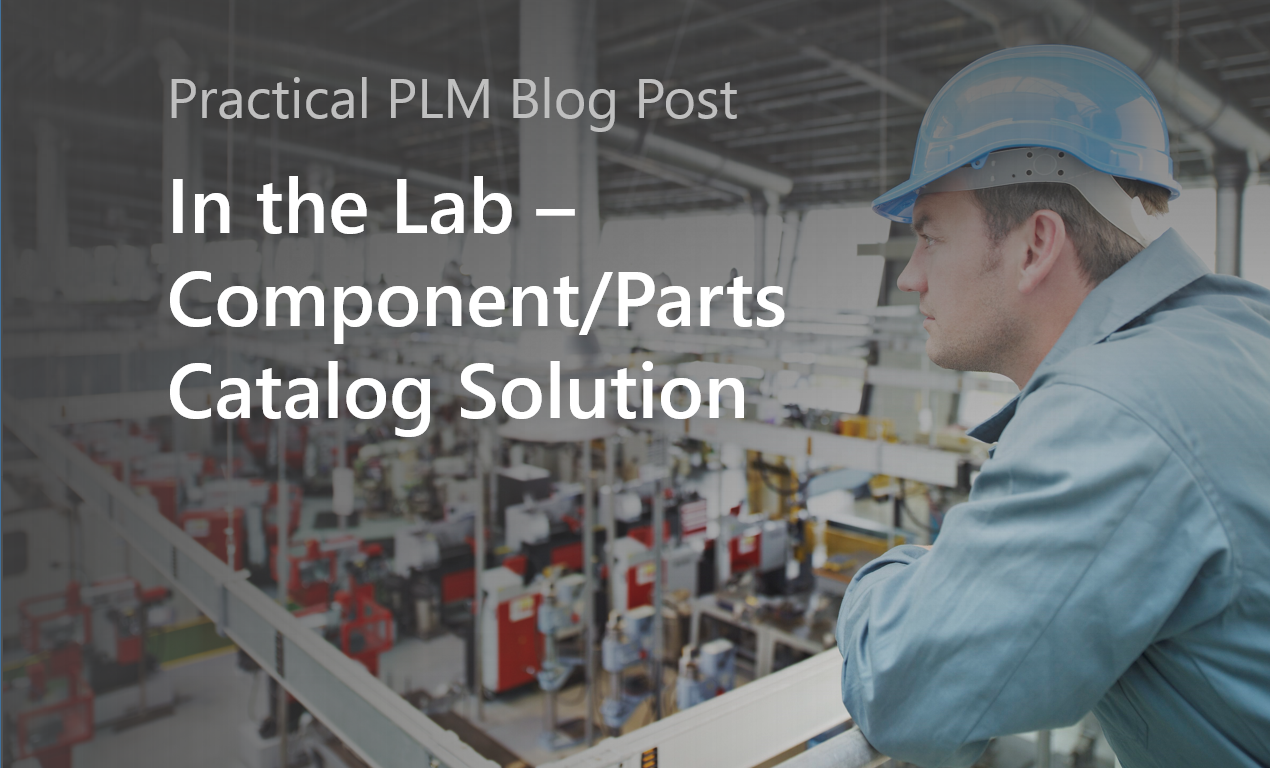Peter Schroer, the Aras CEO and Founder, recently penned a compelling article that contrasts the irony that exists for many manufacturers today. He notes that sophisticated design technologies are used for 3D CAD, analysis and simulation, and DMU (digital mock-up) work. Yet, to manage the resulting data, manual steps, paper, email, Excel, Lotus Notes, DropBox, FTP, and homegrown systems are used.He refers to these design technologies as the "science of engineering." He further states, "Leaving other critical processes, including software, electronics, requirements, process planning, technical publications and quality – the "business of engineering" – is disconnected and underserved." It's the contrast between the "science of engineering and the "business of engineering."
Read More










